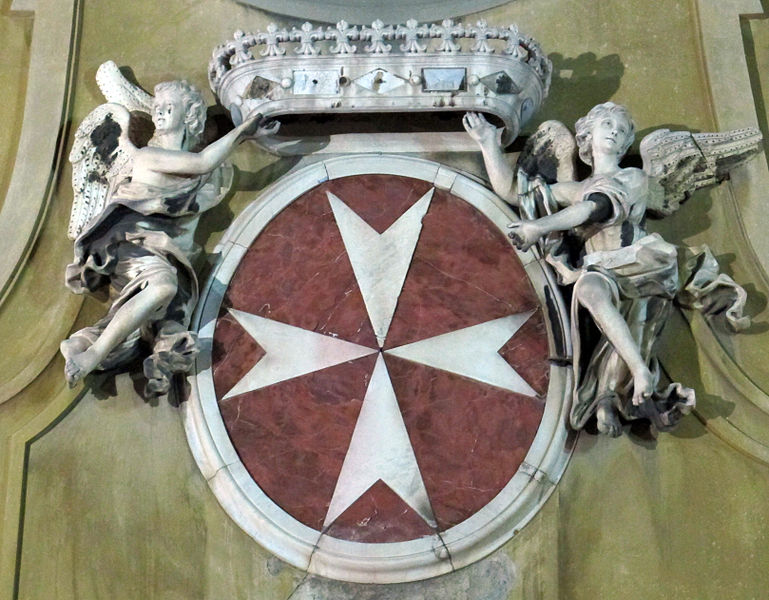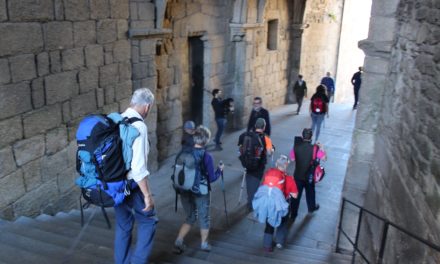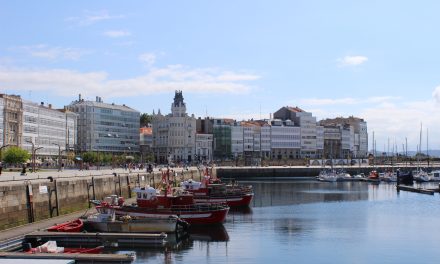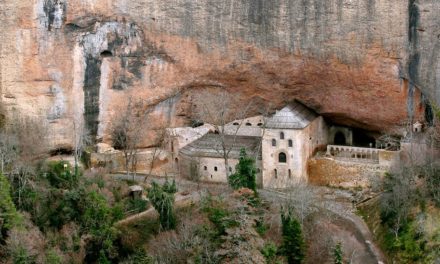Throughout the Middle Ages and the Modern Age, military orders played a special role in the Camino, where the presence of its knights, including monks and warriors, was instrumental in the defense of the pilgrims and the route itself. The Military and Hospitalier Order of Saint John of Malta was the most famous of them all. It was founded in the eleventh century in Jerusalem since, as a result of the Crusades, the roads leading to the Holy Sepulchre had become very dangerous and the presence of the knights was essential to protect pilgrims going to the Holy Land. They later established the most famous pilgrims’ hostal of the Middle Ages, as is recorded in the Codex Calixtinus.
Heirs to the goods and properties of the Knight Templars, tragically eradicated in the fourteenth century, the Order of St. John had the power and wealth that was needed to expand right across Europe. The Reconqista and ensuing religious struggles demanded its presence in Spain, where its Knights chose to settle mainly along Camino de Santiago; for it must not be forgotten that for centuries the French route of the Camino constituted a kind of territorial Christian border, so its fortification and defense was quite as necessary as building hospitals to accommodate pilgrims.
The first reference to the presence of the Knights of St. John in the Camino de Santiago is 1126, when Atapuerca was donated to the Order by Alfonso VII. In the succeeding years complexes and monasteries were transferred to them, including the Navarre Cizur Menor complex with a church, a hospital for pilgrims, a fortified mansion and vast agricultural lands. With the Puente la Reina, which they inherited from the Templars, they held control over the only crossing point on the river Arga, which not only aided pilgrims but was also of great strategic importance. In Castile too they owned great tracts of land, such as Burgos and Buradón, but also properties in places like the Jacobean Belorado, Viloria, Grañón or Hornillos del Camino.
The most important House of the Order in Galicia was the charge of San Juan de Portomarín, where their church of St. Nicholas still stands. The strategic position of this site beside the River Miño clearly demonstrates the tendency of the monk-knights to seek key positions on rivers so as to protect and control the human traffic. These properties were sustained by tolls but also by the local nobility, such the Conde de la Maza or the Marquis de Dome. These noble families served as patrons of the institution, making provision in their wills for the maintainence of its hospitals, chapels and shrines, which also became the sites of their own graves.
In addition, the Order of Saint John created a large network of hospitals that would extend far beyond the places where they owned a house or land. These hospitals also include the celebrated ones at Ostabat and st. Jean Pie de Port.











